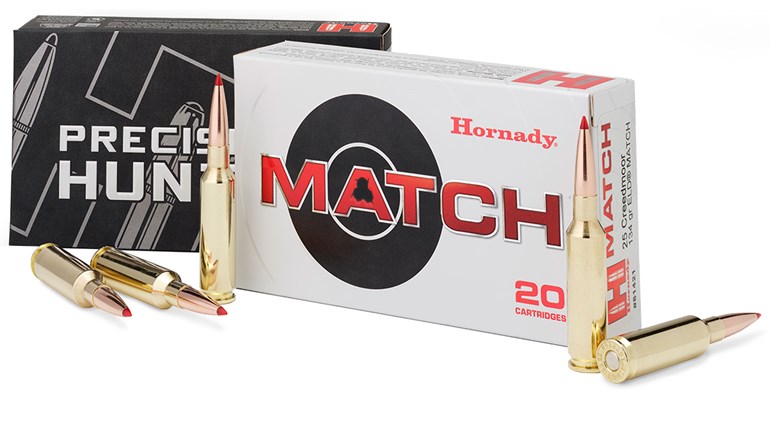
When it comes to choosing gear for your own defense, you need things you can count on every time, all the time. This is especially true with your choice of defensive ammunition. While there are many answers to the same question, the best defensive ammunition is that which gives the best blend of accuracy, terminal performance and confidence. Many classic designs are still relied upon–with good cause–but once in a while something comes along that is revolutionary.
Cutting Edge Bullets from Pennsylvania is a relatively new player in the ammunition industry, but I’ve really come to trust their products. Though I became familiar with the company through their hunting bullets for my rifles, I’ve spent some time with their handgun bullets, and now with their Personal Home Defense loaded ammunition–loaded with the Handgun Raptor bullet. The Cutting Edge lineup of handgun bullets is a bit radical when compared to a traditional cup-and-core design; they are an all-copper affair with a deep hollowpoint. While it sounds like some other bullets we’ve heard of before, that is where the similarities end. Cutting Edge Bullets are turned on a lathe, to keep both dimensional and weight tolerances as tight as possible. Like most copper bullets, they will run lighter for caliber than a lead core bullet of similar size, reducing both pressure and recoil, while increasing velocity. It’s what happens terminally with a Cutting Edge Handgun Raptor that sets it completely apart from the rest of the field.

That deep hollowpoint I’ve mentioned is skived along the axis of the bullet, and upon impact, that portion of the bullet along the hollowpoint breaks into four small blades, which cause a whole bunch of impact trauma–usually in a star pattern–while the remainder of the bullet (referred to by Cutting Edge Bullets as the ‘Blunt Trauma Base’), continues to penetrate at caliber dimension. So, while there is no expansion, at least in the traditional manner which we are all accustomed to, there is reliable trauma. The Handgun Raptor will give much more penetration than a traditional bullet of similar weight. This design has shown five different wound channels in ballistic gel, with the blades breaking off from the Blunt Trauma Base after 1.5- to 2-inches of penetration. In Cutting Edge Bullets’ ballistic gel tests (I was fresh out of gel) the Blunt Trauma Base will continue on to give 14- to 16-inches of total penetration. I like that range, especially if I were forced to use my handgun indoors; I’m not a fan of over-penetration in my home.
The cycling action of a semi-automatic handgun can be, well, rather violent; and consistent, reliable feeding is a must. I’ll admit to you that when I first saw the PHD ammo, with that thin wall that might prove an issue for any feed ramp, I was skeptical. The ogive of the bullet ends in an abrupt, squared lip, which to my eyes would prove to be the weak point, if there was to be a weak point. I was wrong. I tested the PHD ammo in 9 mm, .40 S&W and .45 ACP, with the 9 mm and .45 ACP ammo being tested in two different handguns. I did not experience a single feed problem–even with a notoriously finicky handgun in 9 mm–and every round of ammunition I fired cycled perfectly.

Cutting Edge bullets loads their PHD line with lighter bullets: 75-grain .380 ACP; 90-grain 9 mm; 120-grain .40 S&W; and 150-grain .45 ACP. The velocities are a bit higher than some loads, while not as hot as some of the +P loads, which translated to getting back on target quicker, and delivering the subsequent shots faster. And I found that the PHD ammunition was accurate–as accurate as anything else I’ve used (although one 9 mm shot it much better than the other, but even the lesser of the two was good). At ten yards, I could keep all three calibers of ammunition into a 3-inch circle, consistently. When I put the ammo through my Oehler 35P chronograph, the .45 ACP ammo was very close to the advertised 1,050 fps, the .40 S&W ran 80 fps faster than the 1,150 fps advertised, and the 9 mm stuff averaged right around 100 to 120 fps slower than the 1,350 fps on the box.
All in all, I really like the PHD line of ammunition. I think it makes a wise and sensible choice for your home-defense gun, and like the other bullets in the Cutting Edge lineup, the Handgun Raptor is a bullet you can count on.





































